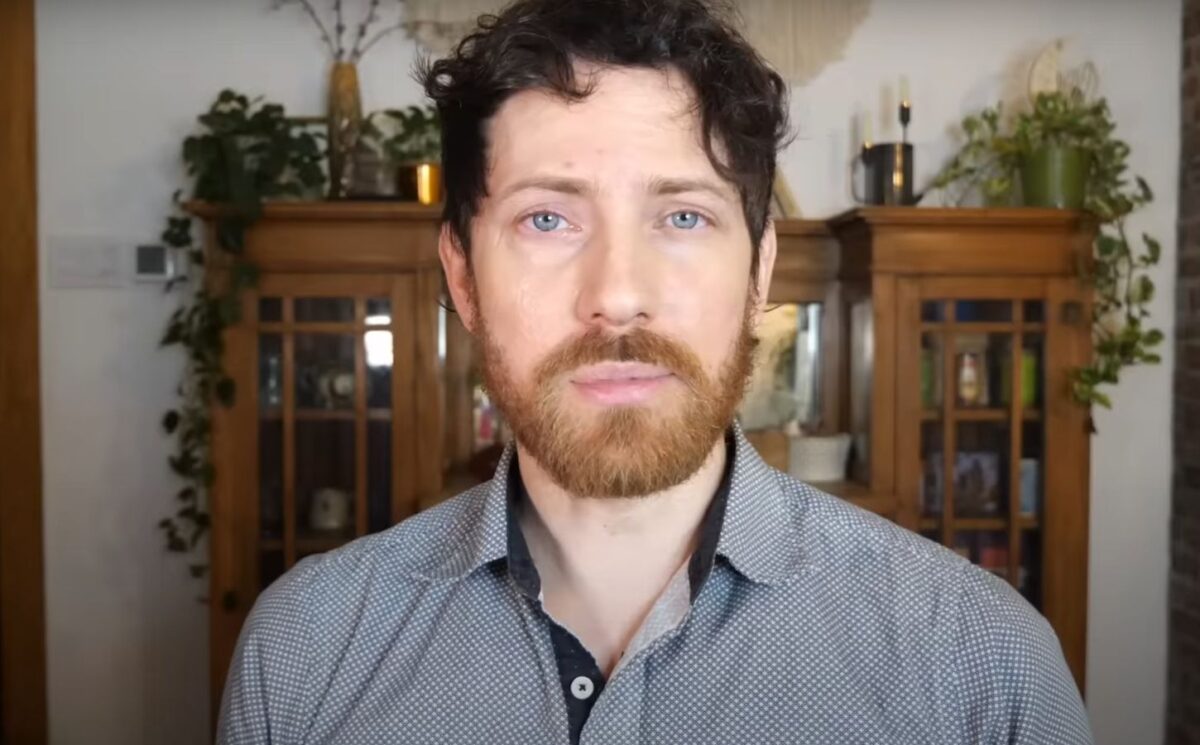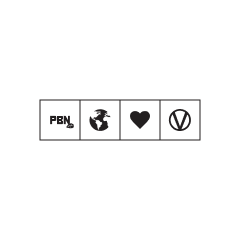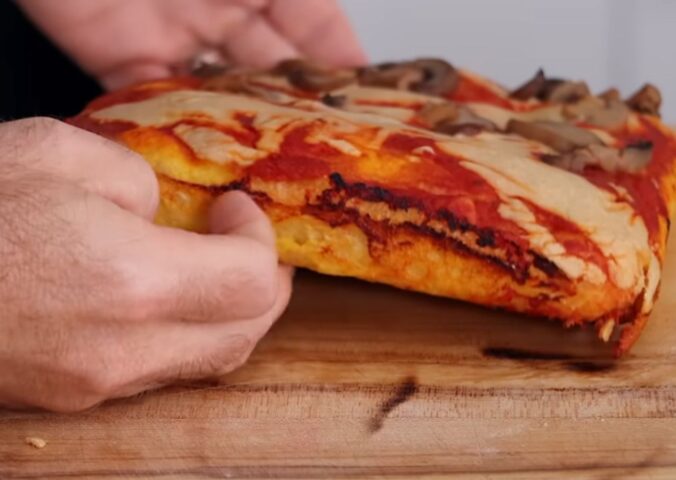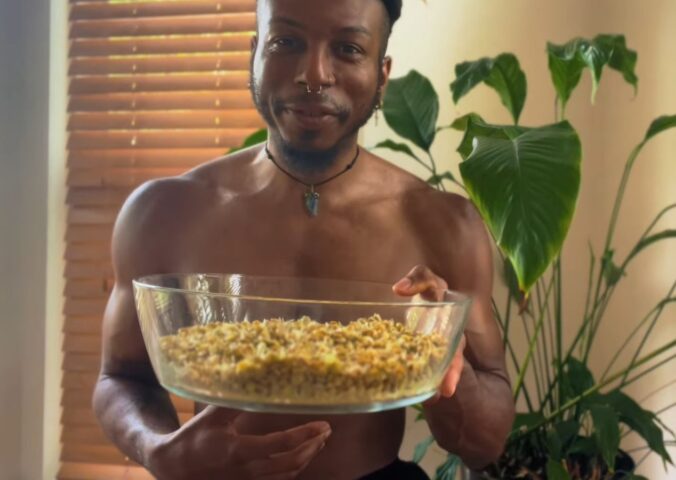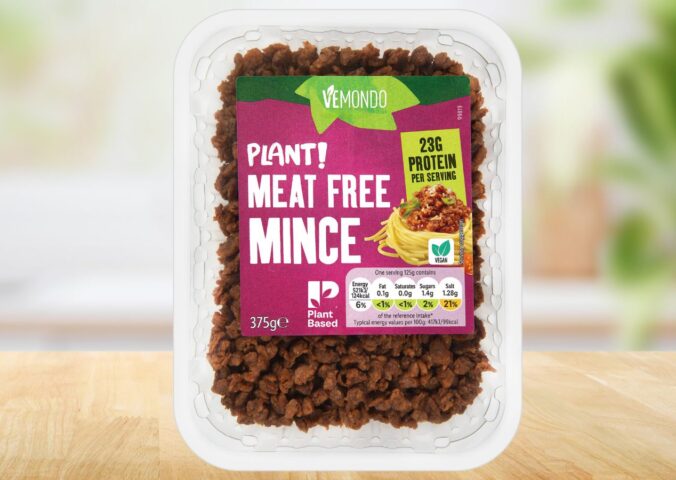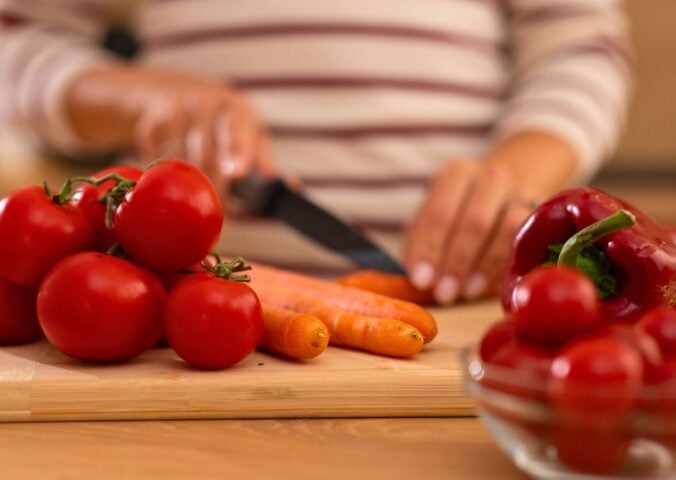Warning: this article contains discussion of calories and calorie counting
Science YouTuber Mic the Vegan recently shared a video exploring why some people struggle with eating enough as a vegan in 2025 – and how to fix it. Known for his evidence-based breakdowns of plant-based nutrition, Mic has been creating vegan content on YouTube for a decade.
In his latest video, he speaks directly to those transitioning to plant-based eating in 2025 and outlines how common it is to accidentally under-eat when you switch to plant foods. He explains how volume, planning, and misunderstanding calorie density can lead to fatigue, weight loss, and even quitting the diet altogether.
“This is not a problem for most vegans,” Mic says. “But when it is a problem, it can snowball into other things.”
Here’s what you need to know.
Read more: ‘4 Oil-Free Vegan Recipes I Can’t Stop Eating’
Why some vegans under-eat
The first cause Mic identifies is volume. He says that plant-based foods are generally more water-rich, they have more fiber, and less calorie density. A serving of broccoli might leave someone feeling full, but it delivers far fewer calories than a small piece of cheese or meat.
He points to a chart from No Meat Athlete showing how vegetables sit at the bottom in terms of calories per pound, while oils top the chart. Beans, lentils, and grains fall in the middle. “Fat is nine calories per gram,” Mic reminds viewers. “Carbs and protein are just four.”
This can be especially tricky for people used to eating low-fiber, high-fat omnivorous diets. “Some people sit down, eat a vegan meal, and feel full – but then an hour later, they’re hungry again.”
A second reason? Gut adaptation. Mic says if you’ve been eating a low-fiber diet your whole life, your gut bacteria won’t be prepared to digest a fiber-rich vegan meal. He recommends gradually increasing foods like beans “spoonful by spoonful.”
Organization also plays a role. “If you don’t have food at hand, you’ll get hungry and end up picking up something you don’t want to pick up,” he says. Batch-cooking a few meals for the start of the week can help prevent impulsive choices.
How to eat enough on a vegan diet
Mic breaks it down into practical tips. First, if you’re mentally healthy enough to be tracking calories, get a rough estimate of how many calories you need. He created a free calorie calculator on his site (plantspace.org), and recommends using Chronometer to track meals for a few days.
He also calls out common calorie mistakes that can lower calorie intake: replacing rice with cauliflower rice, or using iceberg lettuce instead of tortillas. “You think you’re using a great replacement by switching to vegetables,” he says. “But then you’re down to 1,200 calories a day.”
Mock meats can help during the transition. “You’ve got Beyond Meat or mock meats that on paper have the same macronutrient ratio and calorie density as meat,” Mic says. “They could be a necessary bridge to succeed on a diet that a saves a ton of animals helps out the planet and has a lower disease rate.”
He also recommends adding whole plant fats like nut butters, seeds, and avocado, and flax oil.
Read more: TiNDLE’s Plant-Based Chicken Launches At Hundreds Of New US Stores
Signs you’re not eating enough
How can you tell if under-eating is affecting your health? Mic references the University of Minnesota starvation experiment, where participants consuming only 1,600 calories a day showed physical and mental changes including fatigue, low mood, and hair loss.
Brain fog is a common complaint. “This is something that you will hear from people that quit a vegan diet,” he says. This is likely due to calorie deprivation and not the vegan diet itself. Other signs include low energy, weight loss, difficulty gaining muscle, and even loss of menstruation in women. That usually happens at a 500 to 800 calorie deficit, Mic explains.
It’s not the vegan diet – it’s under-eating
Many symptoms blamed on veganism are actually signs of under-consumption. “People didn’t get those symptoms because they went on a vegan diet. It was because they weren’t eating enough,” Mic says.
He encourages new vegans to educate themselves on nutrition basics, make sure they consume enough calories, and take the time to learn about the nutrition you need for a balanced plant-based diet.
You can find more videos about vegan nutrition on Mic the Vegan’s YouTube channel.
Read more: ‘The Foods I Eat To Get Enough Iron In My Plant-Based Diet’
